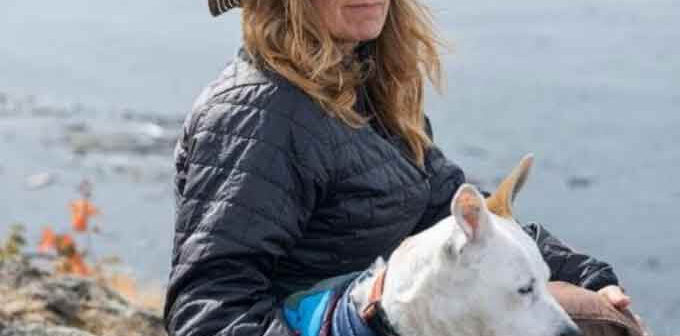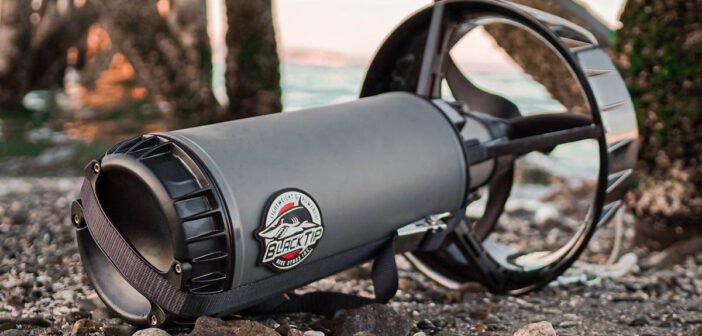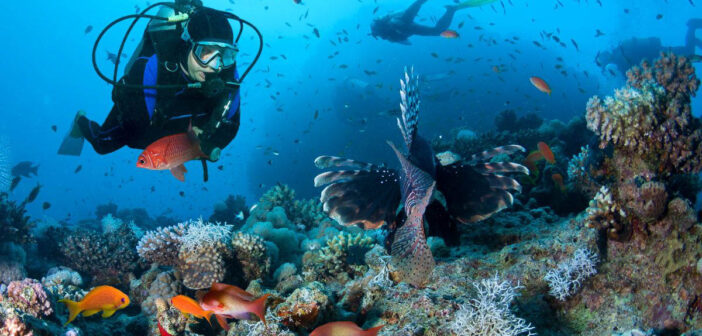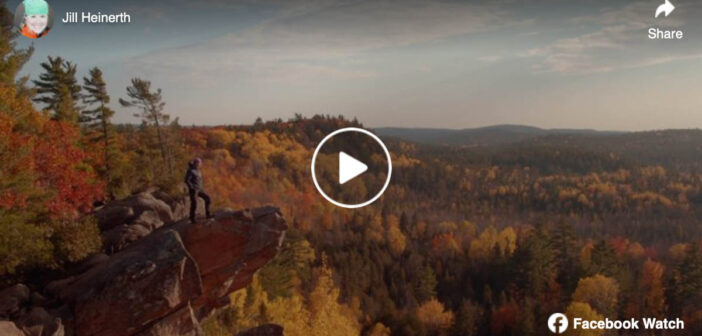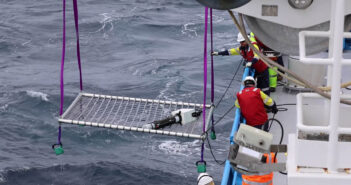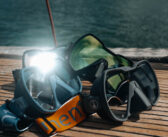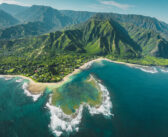The Scuba News New Zealand
Food security is important for humans and other animals
As leaves change colour and drop from trees, and a chill in the air signals…
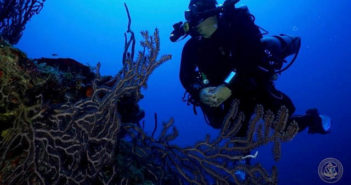
Divetech Offers Thrilling Dive Expedition to Remote 12-Mile Bank Often Called the 4th Cayman Island
Twelve miles west of Grand Cayman is a pristine coral bank that rises from the…
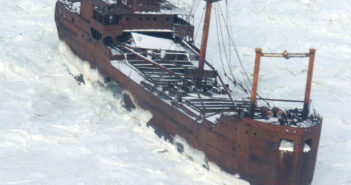
A shipwreck from every Canadian province to be featured
Beginning next week and running for 11 weeks, The Scuba News Canada will feature a shipwreck story from every province of Canada, as well as one in Canada’s north. Although both the east and west coasts, along with the Great Lakes, are best known for shipwrecks, we will feature a shipwreck from even the landlocked provinces. Stay tuned for our first shipwreck story from Matt Lerpiniere’s adventure in Bell Island, Newfoundland.
A shipwreck from every province and north to be featured
Beginning next week and running for 11 weeks, The Scuba News Canada will feature a…
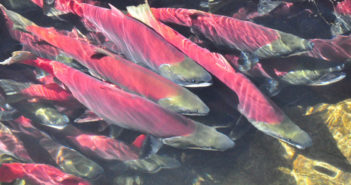
We’re going to court to protect wild salmon — again.
Taking the Minister of Fisheries and Oceans to court to protect wild salmon is nothing new for us.
As you might remember, last year we successfully argued that the Minister had unlawfully delegated his regulatory responsibilities to fish farm companies and won a precedent-setting legal victory.
We’re going to court to protect wild salmon — again.
Taking the Minister of Fisheries and Oceans to court to protect wild salmon is nothing…

OZTek2017 has grown (again) and is relocating to Darling Harbour!
OZTek again breaks new ground with a new home, more exhibitors and more speakers than…

A Wedding in The Scuba News Family
I would like all of our readers to join me in congratulating Kathryn, Managing Editor…
A Wedding in The Scuba News Family
I would like all of our readers to join me in congratulating Kathryn, Managing Editor of The Scuba News New Zealand, who should have by now (not sure of the time difference with NZ), married her “man of the sea” Nicholas Curzon.
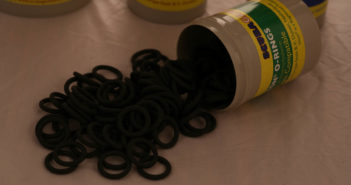
Why Scubagaskets O-rings all come in black color?
This was a tough decision we had to make. We chose black because of its superior properties over brown or green material. The tests showed that Black Viton compared to Green or Brown Viton, with all parameters constant except for the color, is favorable. It has higher strength, better stability and better elastic properties originally (brand new), and also after exposure to extreme situations that cause material fatigue. It also possesses higher resistance to surface damage.

Why Scubagaskets O-rings all come in black color?
This was a tough decision we had to make. We chose black because of its…
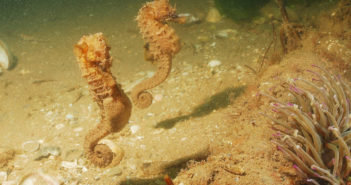
My Favourite Critter – Seahorses
Every diver has a favourite critter or ocean giant they like to find during their travels and dives. Sharks, nudibranchs, whales and dolphins are often listed as popular but what about seahorses? These unusual and delicate creatures are found around the world and new species continue to be discovered. New Zealand is home to one species of seahorse, the Large-Bellied seahorse and, as its name suggests, it is the largest species of seahorse – growing up to 35cm in length. It lives up to a depth of approximately 100m and as shallow as 10metres and, like other species, is under threat from pollution of habitats and exploitation in commercial industries.
My Favourite Critter – Seahorses
Every diver has a favourite critter or ocean giant they like to find during their…
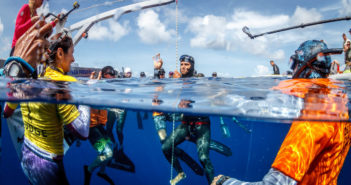
Carlos Coste Set Two Records During Bonaire Deepsea Challenge
Carlos Coste (VEN) set New Continental South American Record -69 meters on 5 september in the…
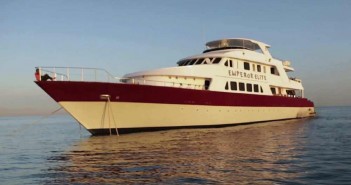
Emperor Divers’ Red Sea Liveaboard Internship Programme
Have you always fancied the idea of being a liveaboard dive guide? Now you can experience this firsthand by applying for our eight-week liveaboard internship programme, which is starting again from April 2017.
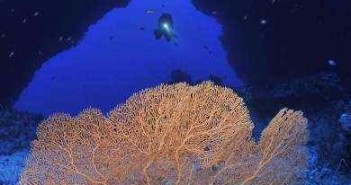
Emperor Divers’ Red Sea Liveaboard Internship Programme
Have you always fancied the idea of being a liveaboard dive guide? Now you can…
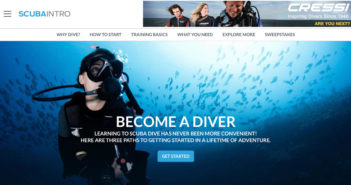
Bonnier Corp. Launches ScubaDivingIntro.com
Bonnier Corp., one of the largest special-interest publishing groups in the U.S., has launched ScubaDivingIntro.com, a…
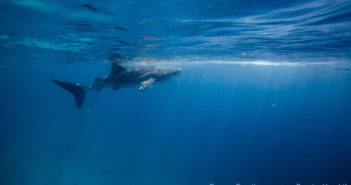
The Gentle Giant – Ungentled
They travel the seas in search of feeding grounds, adding more than 25km under their belt every single day. Whalesharks are filtering the water for small nutritional organisms (plankton, krill, jellyfish, small fish, squid, etc.). In order to survive, a juvenile needs to process at least 21kg (46 pounds) of food on a daily basis. They have been called many names: Lord Fish (Cá Ông) in Vietnam, Butanding and Balilan in the Philippines, they even made it to the back of the 100 peso bill. But I prefer “Gentle Giants” for their calm nature and slowly moving huge bodies. Time is passing with a different speed for them. Their hippy nature backed by a school bus size of a body makes the perfect tool to show us the peace that is the main rule in the underwater world.

The Gentle Giant – Ungentled
They travel the seas in search of feeding grounds, adding more than 25km under their…
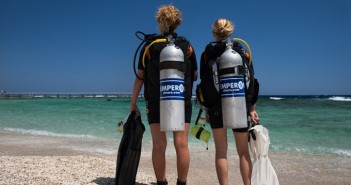
Emperor Divers’ Autumn Sale – Ends 30 October 2016
Emperor Divers has a super-saving Autumn Sale open for bookings taken until 30 October. An ideal opportunity to make 2016 the year to dive the Red Sea or the Maldives.


